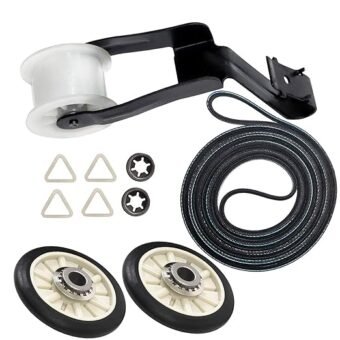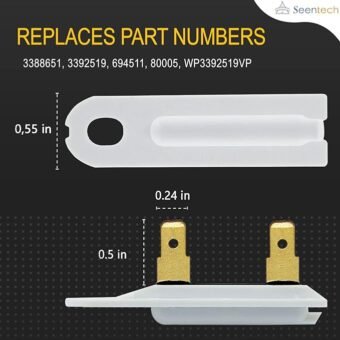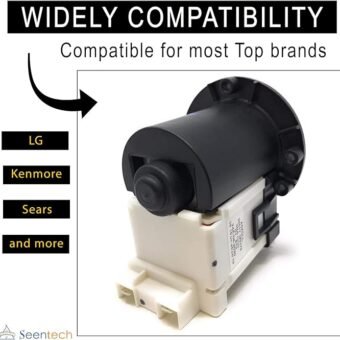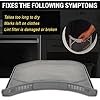Understanding the Need for Household Replacements
The importance of timely household replacements should not be underestimated. Regular maintenance of items such as air filters, smoke detector batteries, kitchen sponges, and water filters is vital for maintaining a healthy and efficient home. Each of these items plays a crucial role in ensuring the safety, hygiene, and smooth operation of your household.
Air filters, for instance, need to be replaced routinely to ensure clean and breathable air. Neglecting to change them can lead to poor indoor air quality, aggravating allergies and respiratory conditions. Smoke detector batteries are another critical item; without regular replacement, the alarm system may fail, posing a significant safety risk. Similarly, kitchen sponges harbor bacteria and should be swapped out frequently to maintain cleanliness and prevent foodborne illnesses.
Water filters are essential for providing clean and safe drinking water. Over time, these filters lose their effectiveness, allowing contaminants to pass through. By keeping all these items up-to-date, you can avoid health risks and ensure the efficiency of household systems.
Moreover, proactive maintenance has substantial economic benefits. Regularly replacing these key items can prevent more significant issues that could lead to costly repairs or total replacements. For example, a well-maintained HVAC system will operate more efficiently and last longer, saving on energy bills and expensive repairs. Similarly, proper maintenance of appliances and safety systems reduces the likelihood of breakdowns and prolongs their lifespan.
In essence, understanding the need for household replacements and acting accordingly ensures a safer, healthier, and more economical home. Regularly checking and updating key items fosters an environment where efficiency and well-being go hand in hand, ensuring that your home runs smoothly and effectively.
Prioritizing and Planning Your Replacements
Creating an effective replacement schedule is crucial to maintaining an efficient and well-functioning household. Tailoring this schedule to your specific needs starts with identifying key items that require regular updates or replacements. Begin by categorizing these items based on necessity and usage frequency. For instance, high-use appliances like refrigerators and washing machines should be monitored more closely compared to lesser-used items.
Setting reminders can streamline the replacement process. Digital tools such as calendar apps can be invaluable for this task. Consider setting seasonal or annual reminders to check the condition of various items. For example, inspecting HVAC systems in the fall can ensure they’re ready for winter, while examining garden equipment in early spring prepares you for the growing season.
Knowing when to replace household items often comes down to recognizing specific signs of wear and tear or diminished performance. Appliances that consume more energy than usual or fail to operate efficiently are prime candidates for replacement. Similarly, visible damage, strange noises, or frequent breakdowns should trigger a replacement plan. Consult the manufacturer’s guidelines to determine the typical lifespan of your household items, and add these timelines to your schedule.
Environmental considerations are increasingly important in our modern world. Opting for sustainable and eco-friendly replacements not only reduces your carbon footprint but also enhances your living environment. When selecting new items, look for energy-efficient models or those with certifications such as Energy Star. These options often provide long-term savings and contribute to a greener planet.
Disposal of old items requires careful consideration to minimize environmental impact. Many materials can be recycled or repurposed. For example, old electronics can be taken to designated recycling centers, while items like furniture can often be donated to charitable organizations. Always research the most responsible disposal methods for each type of item to ensure you’re contributing positively to sustainability efforts.





